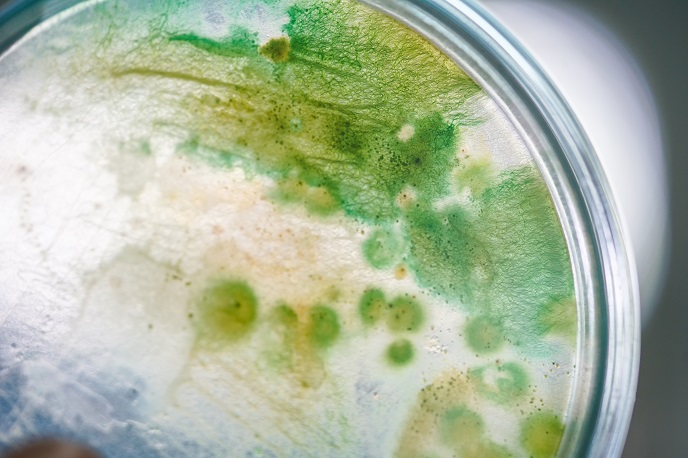N2-fixing bacteria can counter water deoxygenation, study finds
Ocean deoxygenation is a widely-discussed consequence of climate change. But the evolution of its nitrogen budget is equally important. On the one hand, nitrogen is contained in excrement, fertilisers and fossil fuels: it eventually ends up in rivers and oceans and feeds algae, and, as these algae die and sink they deplete water’s oxygen. But on the other hand, nitrogen feeds phytoplankton – making it an essential part of the ocean’s food chain. Dr Carolin Löscher, assistant professor at the University of Southern Denmark and coordinator of the NITROX (Nitrogen regeneration under changing oxygen conditions) project, believes that studying the few bacteria capable of fixing dinitrogen (N2) gas is one of the keys to understanding the oceans’ evolution, “There is still not much we know about these bacteria, their contribution to the ‘N-budget’ of the ocean, and how they feed algae with nitrogen resources.” Whilst researchers used to think these N2-fixers could only be found in nutrient-depleted surface waters, she found evidence in 2014 that they were also present in Peruvian oxygen-poor deeper waters. “I suspected that N2 fixation actually had a major role in controlling the rate of deoxygenation of oxygen-minimum zone waters. This would mean that whatever controls N2 fixation in those waters would possibly control ocean deoxygenation altogether,” explains Dr Löscher. Through the NITROX project, Dr Löscher aimed to verify this hypothesis. She set out to identify which microbes were involved in N2 fixation in oxygen-minimum zones (OMZ) with dedicated molecular genetic methods, measure its extent, and investigate its regulation and response to oxygen loss. “Perhaps our most important finding was a feedback regulation between N2 fixation, primary production by algae and cyanobacteria, and their degradation after they die and sink out of the surface water,” Dr Löscher explains. “This means that oxygen-poor conditions favour N2 fixation, in turn allowing algae to grow and resulting in deoxygenation.” This process would, in principle, cause oxygen-poor waters to continuously expand. But it’s not the case, as NITROX demonstrates: the extreme anoxia due to hydrogen sulfide being produced actually stops N2 fixation and, with that, its very production. “As a result, no more organic material is produced and exported, and oxygen consumption in deeper waters decreases. This is the first evidence of a feedback cycle driven by bacteria, which can counteract one of the consequences of climate change – namely ocean deoxygenation,” Dr Löscher enthuses. The existence of such a mechanism, able to counteract climate change, is a game changer and shows once again the planet’s capacity to self-regulate. Whilst it doesn’t rule out the effects of human-made climate change, Dr Löscher believes it to be an eye-opener. Although the NITROX project has now come to an end, Dr Löscher intends to follow up on her research with a focus on other OMZ regions. “I would like to verify whether this could be a global or general phenomenon. Besides, I found indications of two more microbial feedback loops possibly mitigating OMZ expansion, and I will propose a large-scale project on the combined power of those feedback loops in the form of an ERC starting grant project,” she concludes.
Keywords
NITROX, algae, nitrogen, deoxygenation, climate change, bacteria, N2-fixers, dinitrogen







